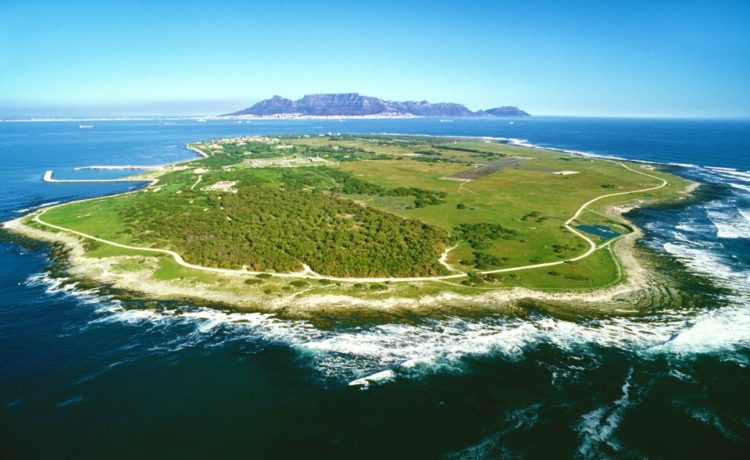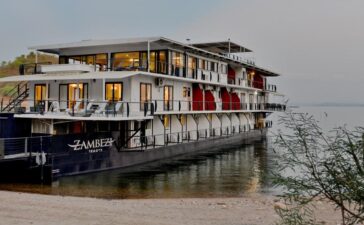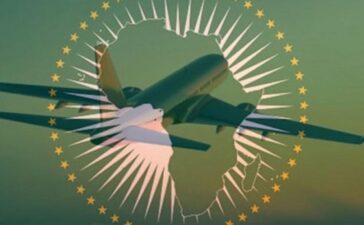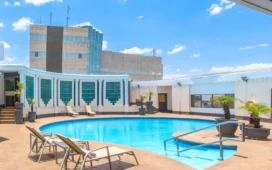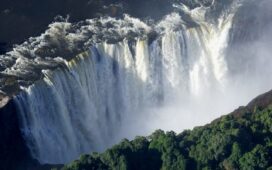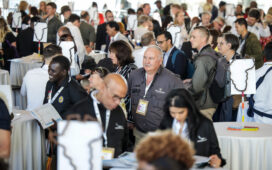South Africa’s Department of Environment, Forestry and Fisheries recently declared 20 marine sites as protected areas. One of them is Robben Island, the site of the prison where anti-apartheid activists including Nelson Mandela were jailed for decades. The Conversation’s Nontobeko Mtshali asked Alison Kock to explain the significance and what the decision means for the area and surrounding environment.
Marine protected areas are geographically distinct regions of the ocean that are given special protection under the law. They are used worldwide to address over-exploitation of marine resources and safeguard them for future generations.
In the context of South Africa, marine protected areas are used to protect marine species, habitats and cultural heritage. They’re also designed to restore over-exploited marine stocks, promote research and eco-tourism and protect coastal and offshore habitats. South Africa has 136 coastal and marine habitat types, from the coastal nesting grounds of leatherback and loggerhead turtles of iSimangaliso, to the unique coral and gravel habitats of the Amathole Offshore marine protected area. The addition of the new protected area network means that 90 per cent of these habitat types is now protected.
South African marine experts combined the best available scientific information, strategic thinking and a strong participatory process to create a network of marine protected areas that conserves ecosystems, rather than individual species.
South Africa already had 23 marine protected areas. It’s nearly doubled this by adding a new network of 20 under an initiative to unlock the country’s blue economy known as Operation Phakisa. This means that 5.4 per cent of South Africa’s territorial waters are now conserved, compared to 0.4 per cent before the new network was proclaimed.
It falls short of the 10 per cent goal by 2020 that is promoted by the United Nations’ Sustainable Development Goals. The goal is a global call to action to sustainably manage and protect marine and coastal ecosystems. Despite the country’s short fall, it’s better than the global average of 3.6 per cent.
Furthermore, a global review of 144 scientific studies found that for marine wildlife to be adequately conserved and for people to continue to benefit from the ocean, 30 per cent of the ocean needs to be protected by 2030.
Marine protected areas should have ecological, social and economic goals. The way these protected areas are identified and managed has improved over the years. In the past, marine protected areas were often declared using only environmental criteria. There was little or no contribution from local communities and other stakeholders. This led to conflict between people who depended on the regions to make a living and those trying to enforce the protected area status. Ultimately, this had a negative impact on the effectiveness of trying to protect areas.
But that’s changing. Now the process of declaring a new marine protected area network involves extensive consultations between various industries. These include fisheries, mining, aquaculture, tourism industries and local communities.
The impact on communities — economically and socially — differs as each marine protected area has its own set of priority objectives. Take Robben Island, located in Table Bay adjacent to the City of Cape Town, which is on the latest list. It has three priority objectives: to protect the breeding and feeding area of endangered seabirds like African penguins, to help rebuild important abalone and west coast rock lobster stocks, and to promote the area for tourism and protect the area’s cultural heritage.
Read the full article on Down to Earth

